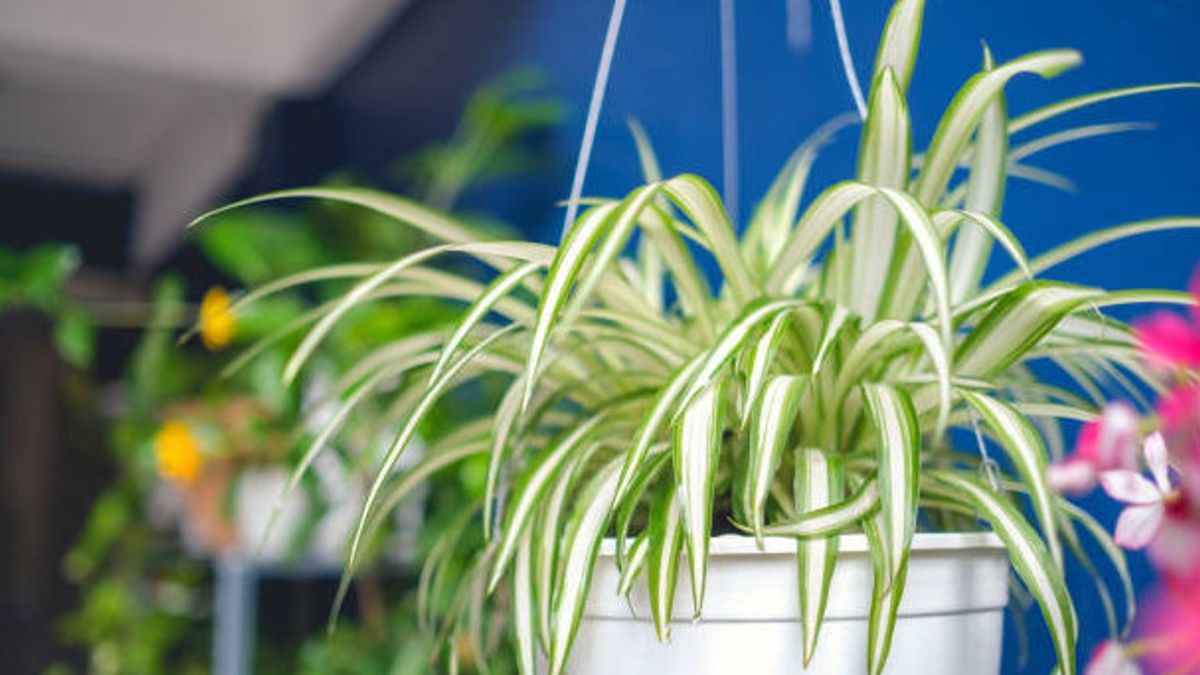JAKARTA - Adding ornamental plants to the kitchen will refresh the room and also have practical uses. Proper plants can help clear the air, increase color splashes, and even produce fresh products throughout the year.
Remember that not all plants will thrive in each kitchen because each room has unique conditions of light, humidity, and temperature. However, five types of popular ornamental plants for this kitchen are species that you can try.
Pothos
Pothos (Epipremnum aureum) is one of the most easy to care for ornamental plants. They adapt well to different light conditions and are considered relatively tolerant of drought. In addition, they are very good hanging plants so there is no need to worry about empty spots to put plants. Pothos are toxic to animals and humans.
Moodendron
Philodendron (Philodendron spp.) is a genus of other low care ornamental plants that look good in hanging pots. Similar to ivory betels, they are considered relatively drought resistant and can grow in indirect to moderate light. These leaf plants come in a variety of shapes and colors and are known as good air cleaners. These plants are also toxic to humans and animals.
Herbal
Planting your atmosphere in the kitchen is the right choice, because nothing is better than cooking with fresh, organic herbs, which are self-grown throughout the year. As long as your kitchen has a location that receives direct and bright sunlight for most of the day, herbal plants will grow easily. Alternatively, you can also plant your wings with the help of growing lights. Easy-to-plant varieties are grown in the room, including leeks, peterseli, mint, timi, rosemary, basil, oregano, and turquoise leaves.
Sukurlen
If you have a bright window threshold in your kitchen, succulent is a good choice. The term'sulent' describes plants storing water in a variety of structures such as leaves and/or stems, which make them drought resistant and generally low care. There are hundreds of types of succulents present in a variety of astonishing shapes, colors, and sizes. Popular succulent species include echeveria, haworthia, vera, carossula, kalanchoe, sedum, and more. Although most succulents are not toxic, it should be noted that kalanchoe and euphorbia can be toxic to humans and animals.
SEE ALSO:
Spider plants
Spider plants (Chlorophytum comosum) are among the easiest to care for ornamental plants. Spider plants have very good hanging plants when flowering and emitting fertile branches. Avoid placing a spider plant in a place that is exposed to direct light because it will cause the leaves to catch fire.
The English, Chinese, Japanese, Arabic, and French versions are automatically generated by the AI. So there may still be inaccuracies in translating, please always see Indonesian as our main language. (system supported by DigitalSiber.id)


















